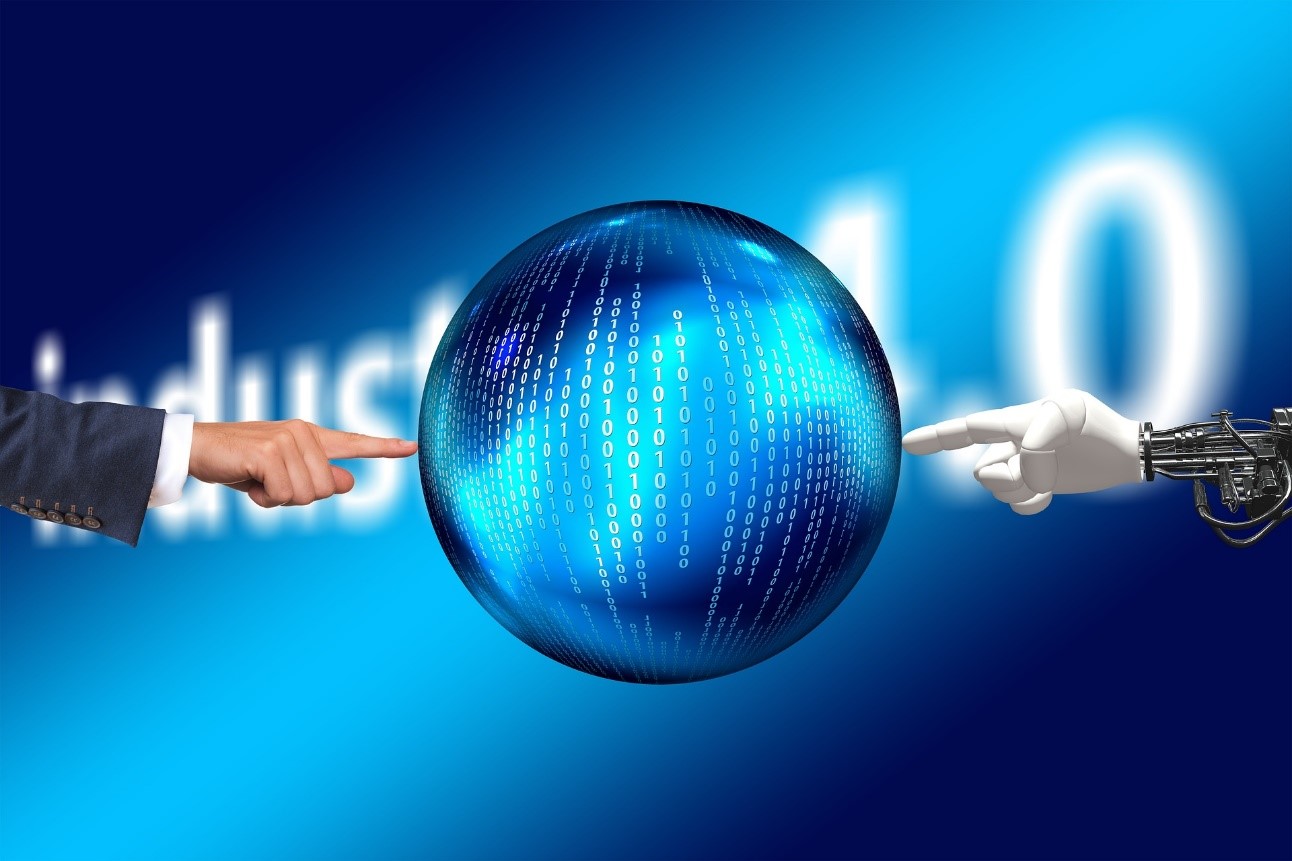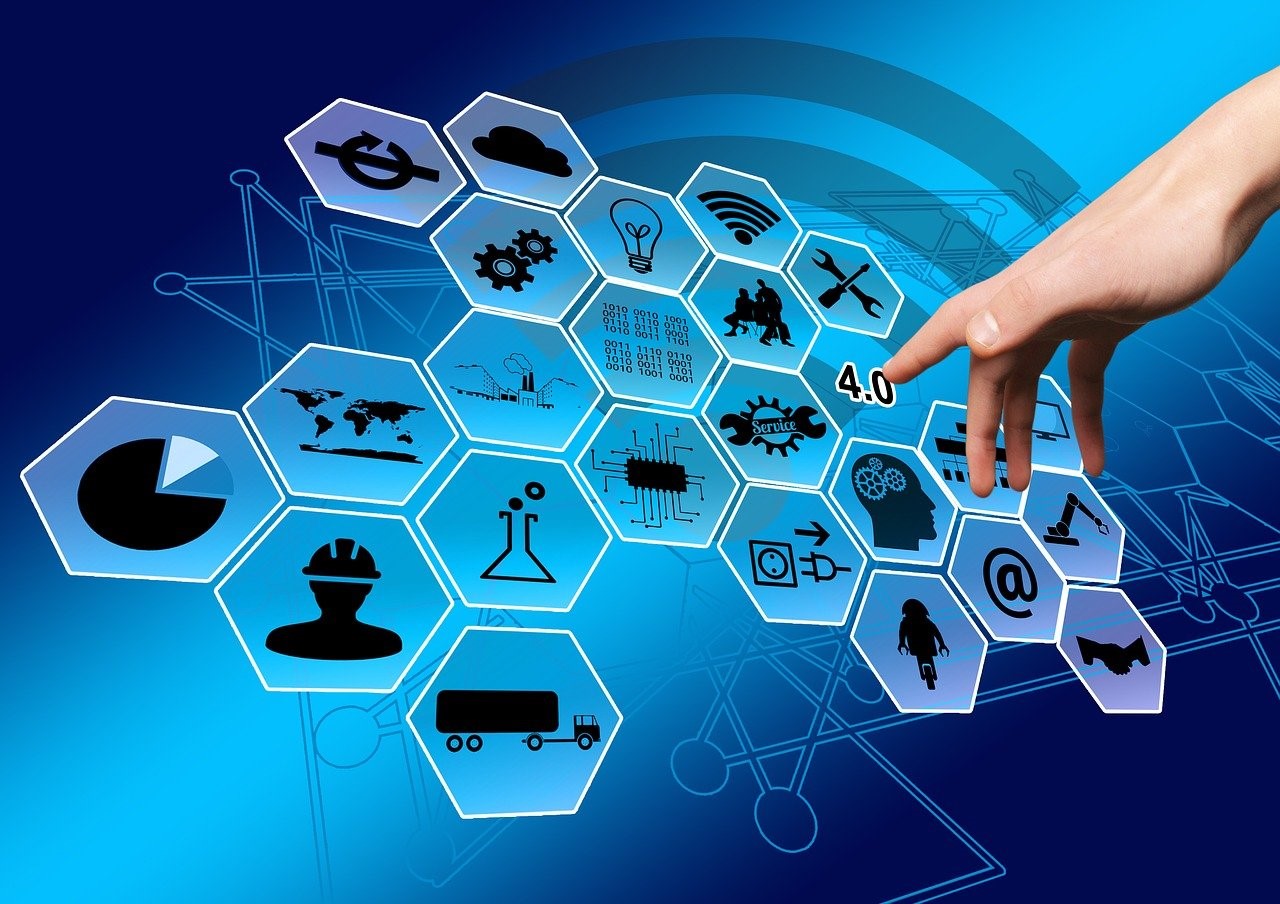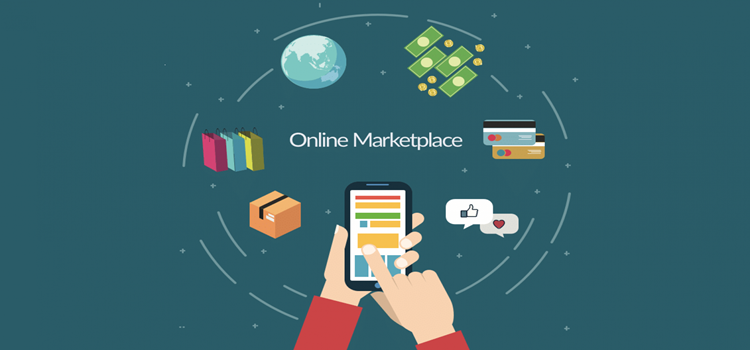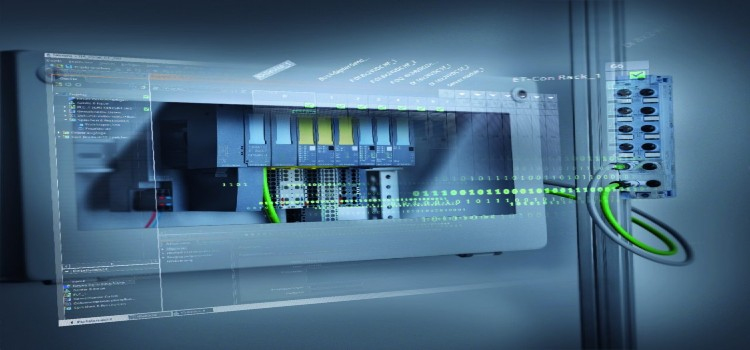Understanding Industry 4.0: What lies in the Future?
06-Nov-2020

The Fourth Industrial Revolution, also known as Industry 4.0, refers to the ongoing digital transformation of conventional production and industrial methods by applying advanced technology. Industry 4.0 focuses on new and efficient ways of production, real-time optimization and value creation. It is a fusion of cutting-edge manufacturing techniques, smart systems, businesses and people.
In 2016, Klaus Schwab, the patron of the World Economic Forum, introduced the concept of the Fourth Industrial Revolution. In his book titled ‘The Fourth Industrial Revolution’, Schwab stated: "The Fourth Industrial Revolution creates a world in which virtual and physical systems of manufacturing cooperate with each other in a flexible way at the global level".
He also pointed out that this revolution will 'blur the lines' between digital, biological and physical arenas. Autonomous vehicles, Internet of things (IoT), Artificial Intelligence (AI), 3D printing and other technologies are blending into our lives. They are drastically modifying the operations of companies, governments and individuals, conclusively bringing a societal change similar to former industrial revolutions.
Advantages of Industry 4.0
Benefits and advantages of the Fourth Industrial Revolution are visibly evident. Just like the previous industrial revolutions, this revolution is also bringing efficiency and productivity, owing to the improved automation. The quality of life is also improving which is already apparent by how we buy services/products- booking a flight, listening to music, watching a movie, hiring a cab and so on.
New markets will emerge and create multiple growth opportunities. While creating a new product or service, improvements from all the fields will blend together. It will also create a safe and conducive environment for the learning and growth of the knowledge workers. The walls between markets and inventors have diminished because of the new technologies, which in turn has been cultivating the spirit of entrepreneurship. Without the traditional cost and time restrictions, entrepreneurs can now experiment and test their products with lower start-up expenses.

Disadvantages of Industry 4.0
All revolutions have challenges and benefits. It will be hard to believe but in high-income nations, earnings have stagnated because of the advent of technology. Highly skilled workers are high in demand as compared to the ones with a lesser education and lower abilities. This disparity is leading to job losses. Moreover, developing nations are still facing infrastructural and technological challenges that are still tough to overcome.
Due to the increased connectivity, the risk of hacking data has also emerged, causing cybersecurity to become a crucial part of the IT sector. The global Cyber Security Market size was valued at USD 163.53 billion in 2019 and is predicted to reach USD 430.46 billion by 2030, with a CAGR of 9.1% from 2020-2030.
Industry 4.0 has also brought disruptions in the core industries. Television and cinema are competing with Youtube and Netflix, autos and taxis are competing with Ola and Uber and the local departmental store is in competition with Amazon. Such disruption trickles down to the kind of services being given, business model, and the jobs linked with them. Questions of morality and ethical issues have also risen with automation, AI and other related advancements. Cambridge Analytica data scandal and Edward Snowden's disclosures are examples of unethically accessing data for manipulation and personal gain.
Technologies of Industry 4.0
The Fourth Industrial Revolution consists of many elements. Here are some of the supporting digital technologies that are going to have a huge impact in the coming years:
3D Printing
According to the reports published by Next Move Strategy Consulting, the global 3D Printing Market size was valued at USD 12.96 billion in 2019 and is expecting a hike of USD 107.52 billion by 2030, witnessing a CAGR of 21.2% from 2020-2030. 3D printing has enabled the development of prototypes at a cheaper and faster rate. It is becoming essential for engineering, designing, planning, etc. Furthermore, increased demand for customized goods will also fuel-up the market.
Robots
Robotics is steadily developing and is set to become a fundamental part of several industries. In a collaborative ecosystem, robots will not only cooperate with humans but also optimise production. They will take over monotonous tasks, freeing up time for humans to work on high-value and non-repetitive responsibilities. As per the reports published by Next Move Strategy Consulting, the global Service Robotics Market size was estimated to be USD 14.39 billion in 2019 and is predicted to reach USD 166.04 billion by 2030 with a CAGR of 24.9% from 2020-2030.
Virtual Reality and Augmented Reality
These two technologies are enriching the visual experience in the sector of marketing, training, entertainment, and even education. Dominant players like Samsung, Facebook, Oculus, Google and Sony are working on influential ambitious projects that will consolidate the digital and the real world. According to the papers published by Next Move Strategy Consulting, the global Augmented Reality and Virtual Reality Headset Market size was calculated at USD 29.32 billion in 2019 and is predicted to reach USD 997.48 billion by 2030 with a CAGR of 37.8% from 2020-2030.
Internet of Things (IoT)
Internet of Things technology connects the digital and physical worlds. Devices are becoming smarter and are mostly interconnected with each other. By merging human skills, real-time information and machine intelligence, IoT results in cost-effective, quicker and streamlined production processes. It will offer a myriad of opportunities and is already transforming various sectors. For the consistent implementation of the Fourth Industrial Revolution facilities, IoT framework and interoperability will be notably significant.
Network and Connectivity
Reliable network and connectivity will further enable and push the Fourth Industrial Revolution. Machine-to-machine communication (M2M), Low-power wide-area network (LPWAN), 5G, gigabit ethernet time-sensitive networks and other similar technological developments will transform the Industry 4.0 facilities. As a result, a reduction in the expense of network connectivity, increase in speed, improvement in efficiency and security, will all be inevitable. According to the reports published by Next Move Strategy Consulting, the Global 5G Chipset Market size was estimated at USD 1.53 billion in 2019 and is predicted to reach USD 90.79 billion by 2030 with a CAGR of 44.95% from 2020-2030.

Looking Forward: Industry 5.0
The Fourth Industrial Revolution is reshaping and impacting our day-to-day lives. We are currently living through Industry 4.0 and visionaries are already talking about the next cycle of change- Industry 5.0. Industry 5.0 would involve smart machines and robots, operating alongside humans and allowing them to work more efficiently. In the coming years, robots will leverage advanced technologies: big data, machine learning, IoT, AI, AR and VR, etc.
Universal Robots' Co-founder Esben Østergaard described: “Industry 5.0 will make the factory a place where creative people can come and work, to create a more personalised and human experience for workers and their customers." Industry 5.0 will create new designations and it has been suggested that over 60% of logistics and supply chains, manufacturing, agriculture, and other related sectors will engage chief robotics officers by 2025. The communication and collaboration between man and robot will extend the Industry 4.0 pillars of productivity and automation.
(Keywords: Industry 4.0, Fourth Industrial Revolution, Advantages of Industry 4.0, Disadvantages of Industry 4.0, Cambridge Analytica data scandal, Global 3D Printing Market, Next Move Strategy Consulting, Global Service Robotics Market, Virtual Reality and Augmented Reality, Internet of Things, Machine-to-machine communication, Industry 5.0)
Add Comment
Related Blogs
Insightful Review of Major Fintech Firms Influencing the Mobile Payment Market
The global mobile payment market is expected to grow annuall...
Role of Emerging Technologies in Shaping the Digital Marketplace Industry
Digital marketplaces act as intermediaries that facilitate t...
Navigating the Evolution of Distributed I/O Systems: Trends and Innovations
Introduction In today's rapidly evolving technologica...










